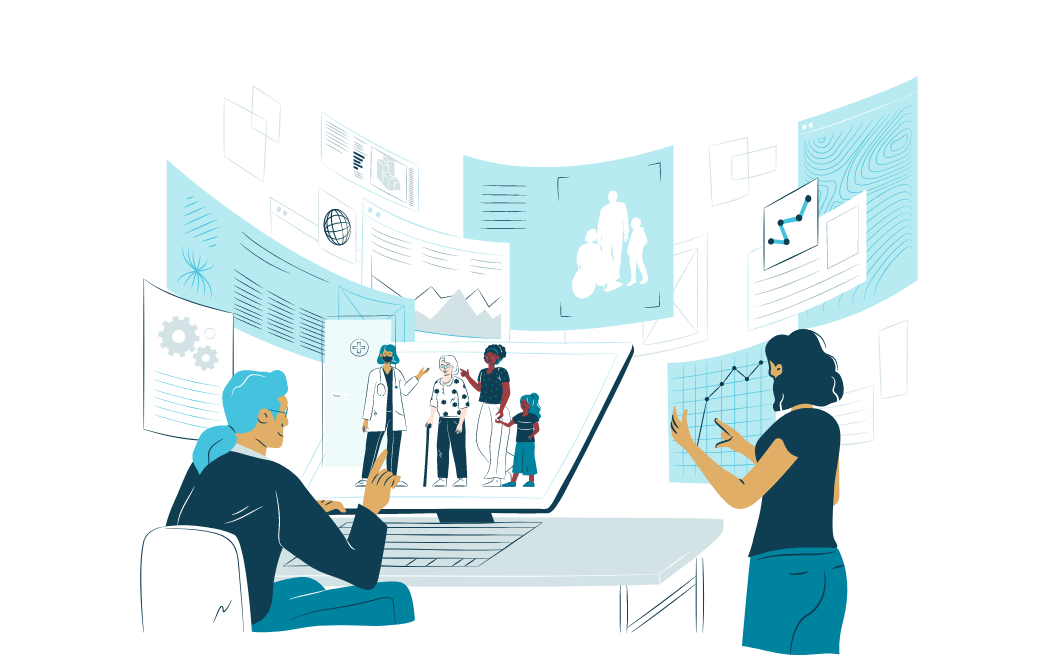One of the Gofore Impact Foundation’s beneficiaries is a project called SelkoTeko, freely translated as an “act of clarity”, where plain language services for disabled people are taken one step forward with the help of artificial intelligence.
Gofore donates 30 man-days of in-kind labor to the easy Finnish language development project by FAIDD – The Finnish Association on Intellectual and Developmental Disabilities. Director of the accessibility unit of the association, Sami Älli, focuses on online service accessibility and usability in his work.
The association carries out research, offers training, engages in development and produces materials with the aim of bringing people with disabilities out of the margins so that they can fully participate in the functioning of society and their own communities. The UN Convention on the Rights of Persons with Disabilities is the cornerstone of all their activities.
Sami Älli says that AI has been utilized as much as possible already in the association’s efforts of improving disabled people’s online services. Now, it’s time to find out just how good of a helper it can be.
– AI can help us do more than just stick to what’s available on databases, complementing and enhancing our own ideas. It actually helped us in our application to the foundation, Älli adds.
Is there more to AI?
Easy Finnish is a certain established form of Finnish language that is already used for disabled people in e.g. news broadcasts of YLE, the Finnish national broadcasting company. However, AI is not yet able to produce it, as its suggestions are sometimes random and don’t fit the criteria of easy Finnish. However, the project group believes it can assist us with our goal of simplifying the language and imagery used online.
– Its role could be assistive at minimum, but perhaps it can also be something else, like an online engine or service to produce plain language with, Älli ponders.
Upon receiving the in-kind donation from Gofore’s accessibility experts, the project has already been started. It entails experiments with AI on both easy Finnish and image services, with several language models such as different ChatGPT versions of OpenAI, and systems that include image generation functionalities such as Adobe Illustrator or ChatGPT combined with Dall-E. The first attempts have been translating official and news texts to easy Finnish, seeing how close the AI translations get to proper easy text made by human experts.
Images support plain language
The image generation intends to produce supporting images to complement easy Finnish. Here, the team can utilize the vast image library of Papunet, a long-serving image communication tool for disabled people with 40,00 images and 700,000 maps saved annually and available for free to some one million users in both Finnish and Swedish.
– A symbol or an image is distinctive and precise, which sometimes works and sometimes not. AI can probably be used more to edit the images to better suit the needs of speech impaired users, Älli explains.
The end product of this project is undefined for now, but it will probably be at least a study and a recommendation on how experts in the association’s easy Finnish and symbol image service can use AI to help their work more than before. The foundation is eager to see what that brings!
Read more:
